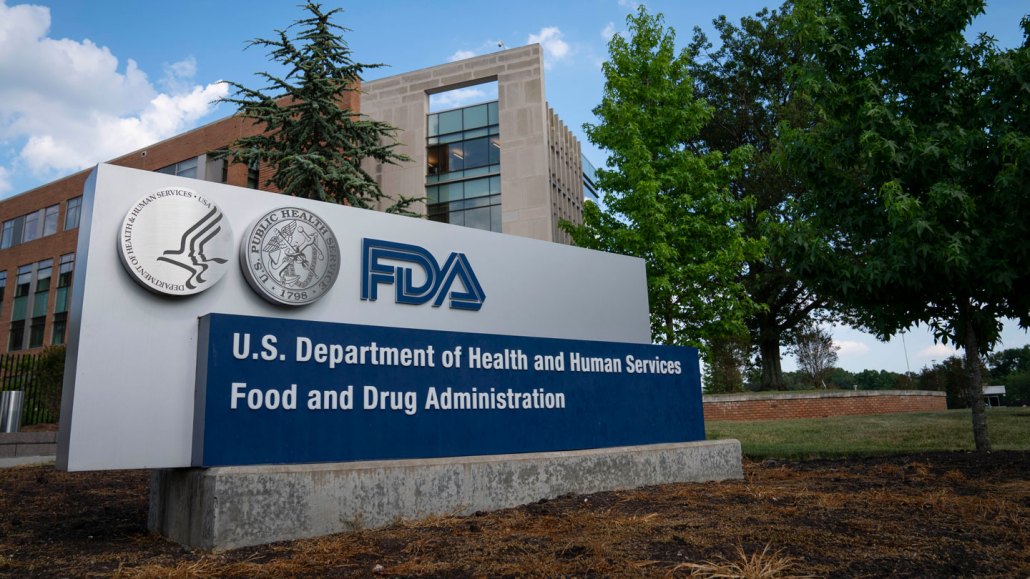
The U.S. Food and Drug Administration has approved the first gene therapy for patients with Duchenne muscular dystrophy, a genetic disease that causes muscles to degenerate, eventually leading to death.
Sarah Silbiger/Getty Images

The U.S. Food and Drug Administration has approved the first gene therapy for patients with Duchenne muscular dystrophy, a genetic disease that causes muscles to degenerate, eventually leading to death.
Sarah Silbiger/Getty Images